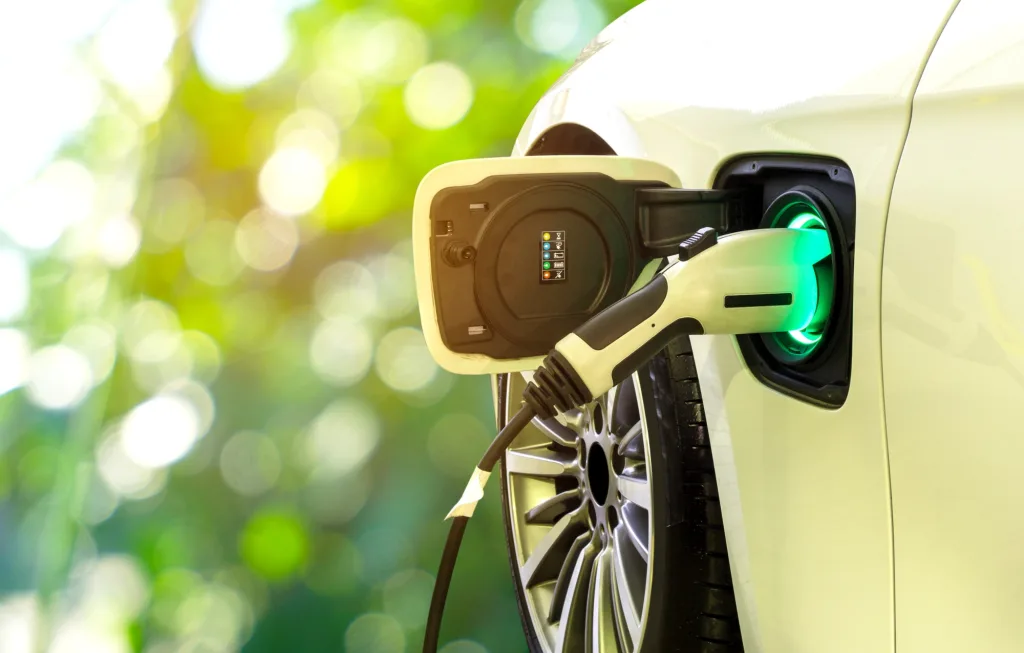By Andy Bauer
SUMMARY
A Yes vote gets us much cleaner air from cleaner tailpipes, better EV buyer protections, and a mechanism to make EVs more affordable to Low & middle income consumers. Heavy trucks get more flexibility in these proposals, with manufacturers only needing to supply 40 – 75% ZEV models by 2035. But even that will drive cleaner air as these machines can be quite dirty.
A No vote means CT loses the jobs and economic gains from a more rapid zero emission vehicle infrastructure build out which will go to states that do adopt these standards. We’ll fail to slice 16 gigatons of carbon and other pollutants from our air. Reverting to the federal regs vs California and CT residents will pay an estimated $270 Million more for health care by 2040 due to poor air quality.
The Safety Valve: If we get to a point where it appears that the technology or the infrastructure deployment is such that we would not be able to meet the standards, the standards will change to help suit our needs. This has happened on several occasions in the past with the California standards.
Final Thought: I believe the Regulatory Review Committee could be on thin ice with a No vote. Both the CGA (through legislation), and the last 5 CT Governors (through EOs or signing bills), have adopted California vehicle emissions standards, and so our current DEEP ZEV proposal is in line with CT State Legislative and Gubernatorial intent. If I understand the Regs/Review mandate correctly, that is the only criteria for this vote.
MORE DETAIL
The proposal requires manufacturers to supply to CT only zero emission passenger vehicles (ZEVs), which include EVs, gas/electric plug-in hybrids, fuel cell vehicles and hydrogen vehicles. For Medium and Heavy Trucks (not Pickups), the requirement is for 40 – 75% of all new models by 2035.
Benefits CT gets with a Yes vote
For cars (passenger cars, vans, SUVs, pickup trucks, aka LDV or light duty vehicles):
- 95% reduction in Smog forming air pollution.
- 90% cleaner tailpipe emissions starting in 2027.
- Protects consumers with stronger warranties for EV batteries.
- Drives down the price of EVs for Low & Middle Income households by crediting manufacturers who make their EVs more affordable.
For Trucks (Medium and Heavy Duty used in contracting and industry):
- 40 – 75% New Zero Emission models by 2035 (this provides flexibility to adopting ZEV Trucks).
- 75% cleaner tailpipe emissions by 2035.
- Superior Warranty for pollution control equipment.
Be on guard: There are plenty of misleading narratives about the ZEV proposal, so:
What the proposal Does Not Do:
The proposal does not prohibit owning a gas powered vehicle in CT.
The proposal does not prohibit operating a gas powered vehicle in CT.
The proposal does not prohibit the purchase of a used gas powered vehicle in CT.
The proposal does not prohibit the purchase of a new or used plug-in gas/electric powered vehicle in CT.
What CT squanders by voting No:
CT loses economic gains from the zero emission vehicle infrastructure build out.
CT misses the opportunity to slice 16 gigatons of carbon reduction.
CT fails to clean up our air.
CT misses out on rapid ZEV and ZEV infrastructure development which will go to states that do adopt these standards.
CT residents will lose an estimated $270 Million on health care costs by 2040 due to poor air quality.
Safety Valve
If we get to a point where it appears that the technology or the infrastructure deployment is such that we would not be able to meet the standards, the standards will change to help suit our needs. This has happened on several occasions in the past with the California standards.
